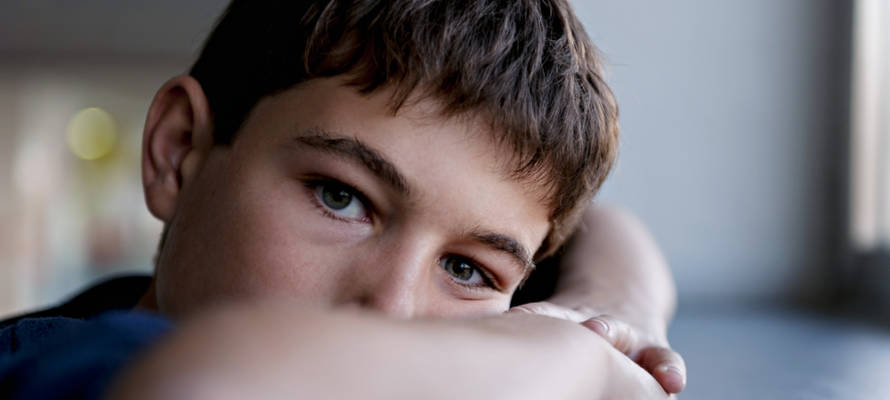The breakthrough relates to the physiology underlying sleep difficulties in autistic children, which researchers hope will lead to methods for generating deeper sleep.
By United with Israel Staff
Researchers from Ben-Gurion University’s (BGU) National Autism Research Center of Israel discovered that the brain waves of children with autism are shallower than those of the average child, explaining why a large percentage of autistic children have a hard time falling asleep.
“Previous studies have shown that 40 to 80 percent of children on the autism spectrum have some form of sleep disturbance, which creates severe challenges for the children and their families,” explained a BGU statement on the breakthrough. “Determining the causes that create these sleep disturbances is a first critical step in finding out how to mitigate them.”
Professor Ilan Dinstein, head of the National Autism Research Center member of BGU’s Department of Psychology, led the research team. It was supported by the Simons Foundation Autism Research Initiative.
In the Sleep Lab at Soroka University Medical Center in Israel, the brain activity during sleep of 29 autistic children was compared with the brain activity during sleep of 23 non-autistic children.
“Normal sleep starts with periods of deep sleep that are characterized by high amplitude slow brain waves,” explains the BGU report. “The recordings revealed that the brain waves of children with autism are, on average, 25 percent weaker (shallower) than those of typically developing children, indicating that they have trouble entering deep sleep, which is the most critical aspect of achieving a restful and rejuvenating sleep experience.”
The research discovered “that children with autism, and especially those whose parents reported serious sleep issues, do not tire themselves out enough during the day, do not develop enough pressure to sleep, and do not sleep as deeply,” Professor Dinstein said. “We also found a clear relationship between the severity of sleep disturbances as reported by the parents and the reduction in sleep depth. Children with more serious sleep issues showed brain activity that indicated more shallow and superficial sleep.”
Having identified a potential physiological challenge that causes sleep difficulties in autistic children, the team is hoping to discover ways to generate deeper sleep and larger brain waves. Tests will be done involving increased physical activities during the day, behavioral therapies and pharmacological alternatives.
